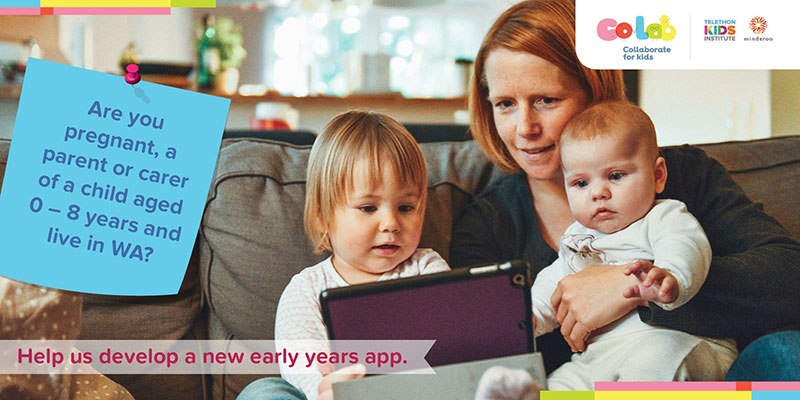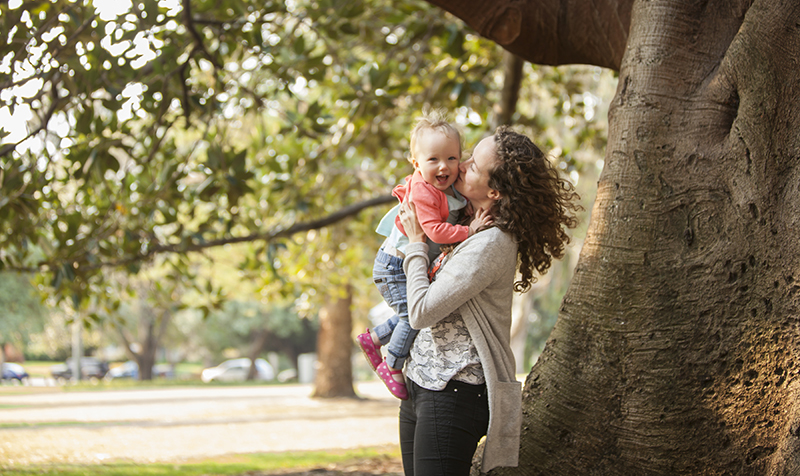Search

Are you pregnant, a parent or a carer of a child aged 0 to 8 years and live in Western Australia? Help us deliver a new early years app.
Aboriginal women who are pregnant or new mums can come along to learn to weave a baby basket and yarn with strong women from the community.

We’re looking for participants for a new study to evaluate a novel desensitization method for peanut allergies.
flow facility equipment
The Opportunity While enjoying enormous success, the Institute operates in a highly competitive environment, especially for funding. As such,
The Opportunity While enjoying enormous success, the Institute operates in a highly competitive environment, especially for funding. As such,
The Opportunity The Communications and Development team implements the Institute's overall communications, marketing and philanthropy strategies, as
The Opportunity The Communications and Development team implements the Institute's overall communications, marketing and philanthropy strategies, as
The Opportunity A new opportunity exists to work on research project to help prevent strep A skin/throat infections and Rheumatic Heart Disease.
